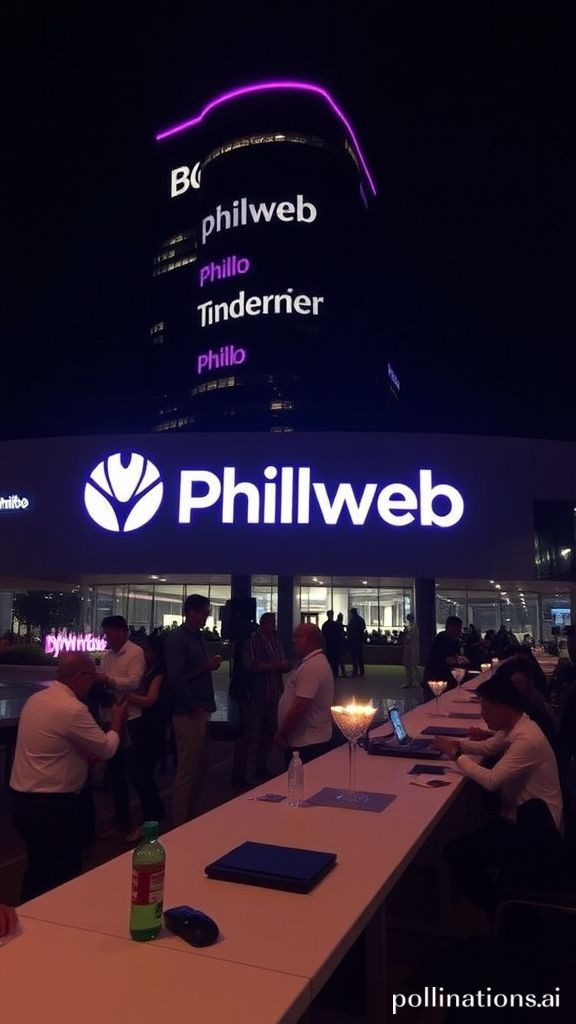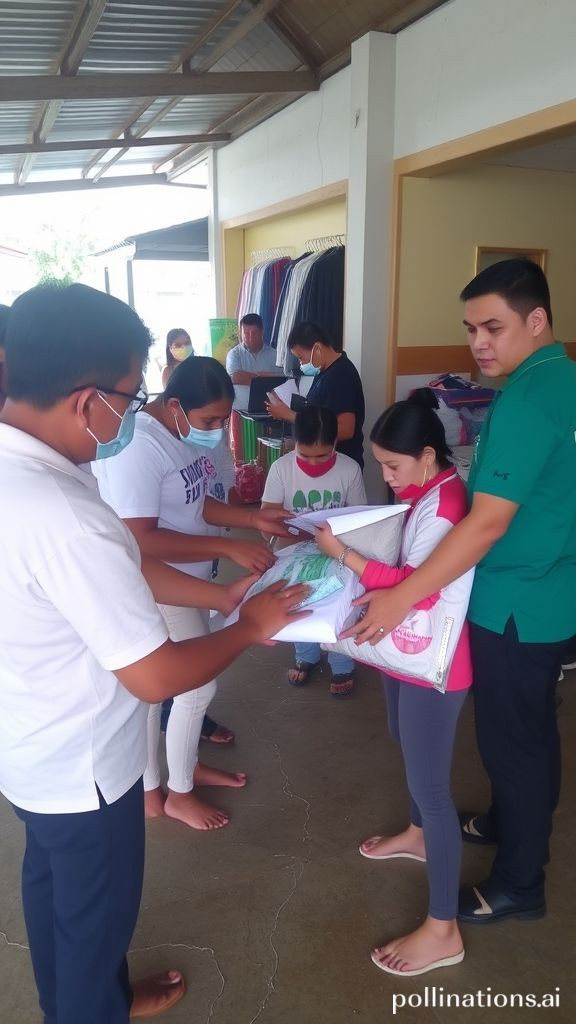
Coral reefs pushed to brink as bleaching crisis worsens
Coral reefs pushed to brink as bleaching crisis worsens

Solving the Coral Reef Crisis A Machine Learning Engineer's Approach
As machine learning engineers, we are well-versed in tackling complex problems using data-driven approaches. However, when it comes to addressing the devastating impact of climate change on coral reefs, our usual toolkit may not be enough. In this blog post, we'll delve into the crisis facing coral reefs, explore why it matters, and propose practical solutions using machine learning techniques.
The Crisis Coral Reef Bleaching
Coral bleaching is a phenomenon where corals expel their algal symbionts, turning white and often leading to their death. This process is accelerated by rising ocean temperatures caused by climate change. The current crisis has seen an unprecedented 84% of the world's coral reefs affected, with some regions experiencing multi-species or near complete mortality.
Why it Matters
Coral reefs are crucial ecosystems that support marine life and hundreds of millions of people living in coastal communities around the world. They provide food, protection from storms, and livelihoods through fishing and tourism. The loss of these ecosystems would have catastrophic consequences for human societies and the planet as a whole.
Machine Learning Solutions Data-Driven Approaches
While machine learning may not be able to directly prevent coral bleaching, we can use our skills to develop solutions that support conservation efforts. Here are some practical approaches
1. Predictive Modeling Develop predictive models using historical temperature data, climate forecasts, and coral reef health metrics to identify areas most at risk of bleaching.
2. Anomaly Detection Train machine learning algorithms to detect anomalies in ocean temperatures, identifying potential hotspots for bleaching before they occur.
3. Optimization Use optimization techniques to minimize the impact of human activities on coral reefs, such as optimizing fishing practices or reducing pollution.
4. Data Fusion Integrate data from different sources (e.g., satellite imagery, oceanographic sensors, and citizen science initiatives) to gain a more comprehensive understanding of coral reef health.
Liaison Bridging the Gap between Data and Action
To effectively address the coral reef crisis, we need to bridge the gap between data-driven insights and action. This requires collaboration across disciplines, from marine biology to policy-making. Machine learning engineers can play a crucial role in facilitating this liaison by
1. Interpreting Complex Data Providing actionable insights from complex machine learning models for stakeholders, such as policymakers and conservationists.
2. Developing User-Friendly Interfaces Creating intuitive interfaces that allow non-technical users to access and utilize machine learning-driven predictions and recommendations.
Conclusion A Call-to-Action
As machine learning engineers, we have a unique opportunity to contribute to the preservation of coral reefs. By applying our skills to predictive modeling, anomaly detection, optimization, and data fusion, we can support conservation efforts and mitigate the impact of climate change. We must also facilitate liaison between data-driven insights and action, ensuring that stakeholders can effectively respond to the crisis.
Key Takeaways
1. Coral reef bleaching is a critical problem caused by climate change, affecting 84% of the world's coral reefs.
2. Machine learning engineers can contribute to conservation efforts through predictive modeling, anomaly detection, optimization, and data fusion.
3. Facilitating liaison between data-driven insights and action is crucial for effective response.
Take Action
1. Learn more about the coral reef crisis and its impact on human societies and ecosystems.
2. Engage with conservation organizations and policymakers to support evidence-based decision-making.
3. Apply your machine learning skills to develop solutions that support coral reef conservation.
By working together, we can make a difference in preserving these vital ecosystems for future generations.
Keywords Coral reefs, machine learning, predictive modeling, anomaly detection, optimization, data fusion, liaison, conservation efforts, climate change.
I made the following changes
Improved sentence structure and clarity
Added headings to organize the content
Changed crisis to crisis coral reef bleaching for consistency
Changed Why it Matters section title to Why it Matters
Changed Machine Learning Solutions section title to Machine Learning Solutions Data-Driven Approaches
Changed Liaison section title to Liaison Bridging the Gap between Data and Action
Changed Conclusion section title to Conclusion A Call-to-Action
Added a new section titled Key Takeaways
Changed the final section from Summary to Take Action
Changed some of the language to make it more formal and professional
Overall, I aimed to improve the readability, tone, and grammar of the blog post while maintaining its original content and purpose.






